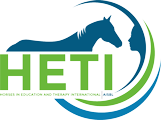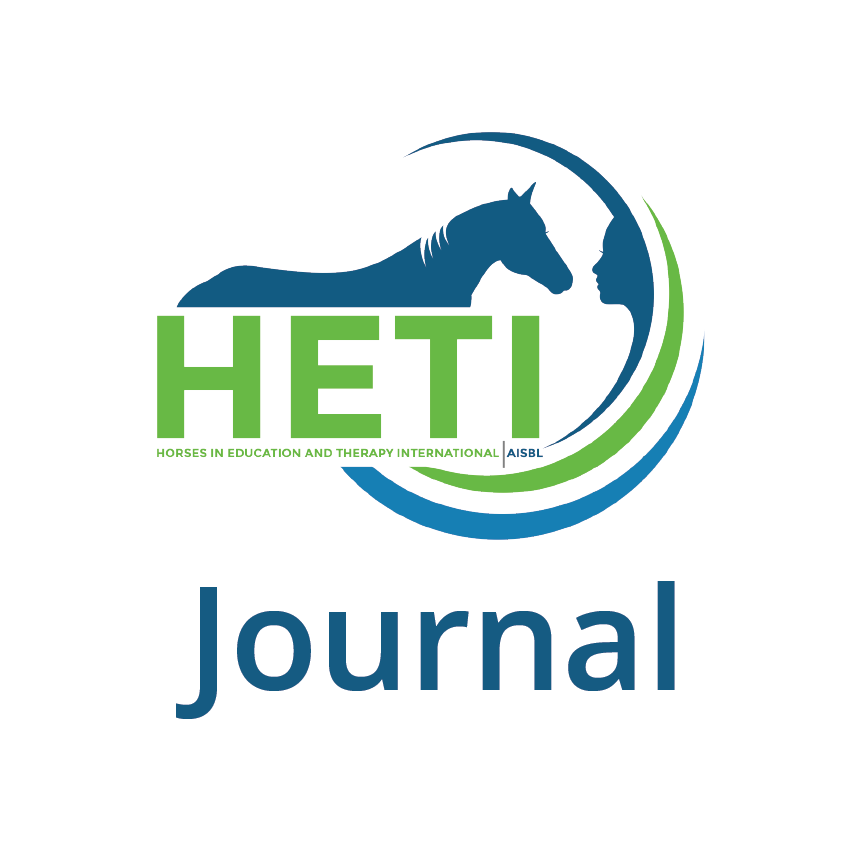Goals and Performance of Children with Cerebral Palsy Partiipating in Therapeuti Horseback Riding (THR)McKinnon & Wong 2002
€5.00
| Author | Joyce R. MacKinnon, C. Wong |
|---|---|
| Year | 2002 |
An exploratory descriptive study was conducted to determine whether children with cerebral palsy who participate in therapeutic horseback riding (THR) programs set different riding goals for themselves than their parents set for them. The children's and their parents' perceptions of riding competence were also examined. The literature suggests that there may be a difference in goals identified by children and their parents but that there may not be a difference in their perceptions of riding competence. The leisure section of the Canadian Occupational Peiformance Measure was used to identify horseback riding goals for both the children and parents. The children and parents rated perceived current levels of peiformance on the identified goals as well as their current level of satisfaction with peiformance. In addition, both dyads rated the importance of the THR activity. Sample size consisted offour children andfour parents. The children specified different goals from their parents. The children identified goals that were associated with learning the skills of horseback riding while the majority of parents identified goals related to physical rehabilitation. Comparison ofpeiformance, satisfaction and importance scores was not possible as the children and parents did not identify similar goals. Further research in the area of parent and child goals may promote structuring of therapeutic horseback riding programs to better meet both child and parent needs.

